Solo Bat-Erdene
I was born and raised in Mongolia up until the age of six when my parents moved to New England whereupon I started my formal education. I graduated from the University of Pittsburgh majoring in Political Science and am currently conducting a Masters of Modern East Asian Studies at the Goethe University of Frankfurt.
I am fluent and literate in Mongolian, English, German, Russian, conversational Japanese, and am studying Chinese, and Korean.
My passions include: sustainability, languages & linguistics, comparative foreign policies, current events, Khöömii aka Mongolian throat-singing, classical literature, art, history, calligraphy, chess, combat sports, neuroscience, travelling, hiking, cooking, ethnomusicology, and much more.
The Secret History of the Mongol Language
The Mongolian language and its dozen or so alphabetical permutations with the classical, vertical script being the most famous one, has left its surreptitious-yet-indelible mark across the Asia and beyond as a language of cross-cultural administration, diplomacy, and liturgy of buddhist tuitilage not only on paper but also on etymological endonyms, hydronyms, and toponyms. The breadth and reach of Mongol emissaries and texts were flung far and wide across the 12, 13, & 14’th Centuries, even sparking inspiration in other scripts such as Hangul, whose stroke order was to an extent derived from the Mongol square script. Or how the Jurchen-Manchus decided to adopt the classical Mongol alphabet and its orthography for their own new script as the Manchu language shares exceedingly similar grammatical structures and vocabulary. Although the the umbrella term of the Altaic Theory or ‘Sprachbund’ has been mostly and arguably disproven, there are nonetheless undeniable linguistic and orthographic parallels and common threads between the plurality of Japonic, Koreanic, Turkic, and Tungusic languages.

